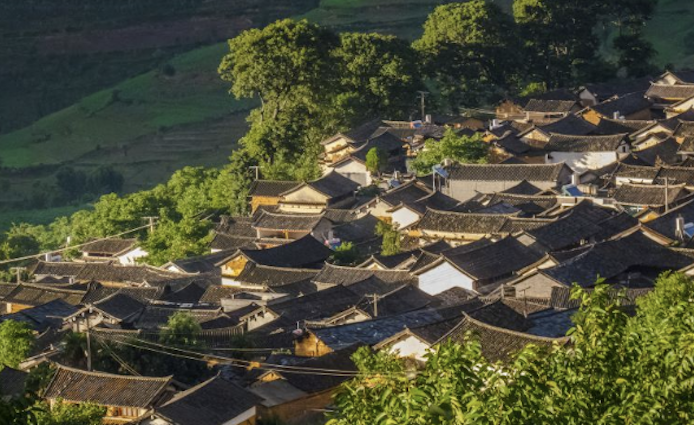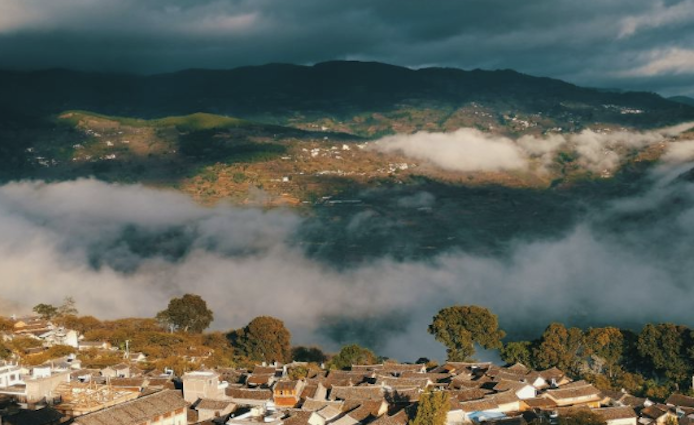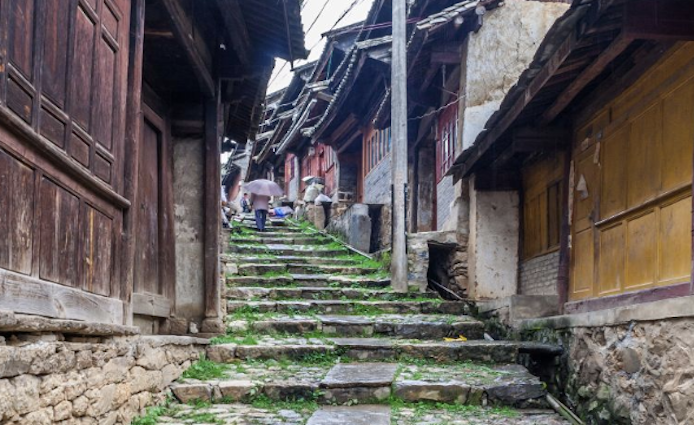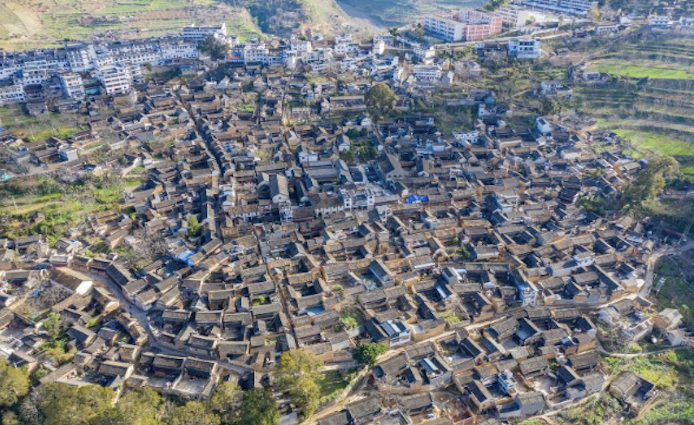
Lushi Ancient Town
Lushi town is located in the northeast of Fengqing County, Lincang City, Yunnan Province. Located between Lancang River and Heihui River, it was known as "Jiajiang Rigion" in history. Due to its special geographical location, it once became a very important town on the ancient tea horse road in western Yunnan. Main lanes in the town are paved with stone plates with mule footprints, which evidences the property of the Tea and Horse Road. In the Jinji village of Lushi Town, there are still hundreds of ancient tea trees. Among them, the Guping village, which is 2400 meters above sea level, still has more than 3000 wild tea trees.

Lushi ancient town is the first town on the ancient tea horse road in western Yunnan and one of the three most mysterious ancient towns in China. With its long history, Lushi ancient town was listed as one of the top 50 ancient towns in Yunnan. Luo Yingcai, who has engaged in the tea trade, was the first person in history to produce tea in the Lushi area, and he set up the "Junchang" tea house. There is also "Fengshan Chunjian" from the Duan Yifu tea garden, which is one of the best tea products in Yunnan during the period of the Republic of China.

Lushi ancient town is one of the well-preserved and large-scale ancient complexes in western Yunnan. The layout of the streets and the construction style of the houses have strong local cultural characteristics. The ancient town of Lushi is located on the main road of the ancient tea horse road, which has a very long history. People from all over the world come here to attend the tea-horse trade. The scale of the street is constantly expanding, and formed a unique pattern of "three streets, seven alleys and one square".

Taking Sifang street as the center of the town, you will find that the whole town is distributed in a circular shape. Residential buildings are mainly modeled on the northern courtyard and the Jiangsu-Zhejiang style courtyard, which are usually constructed with mud and tile. Usually, Siheyuan will build with a garden, people could enjoy the warm wind and plant a different kind of flowers in the garden. The residential building model is influenced by Dali Bai culture so some of them were also influenced by the Nanzhao style.

Photo Resource: Internet
If there's any copyright issue involved, please contact us to delete.



